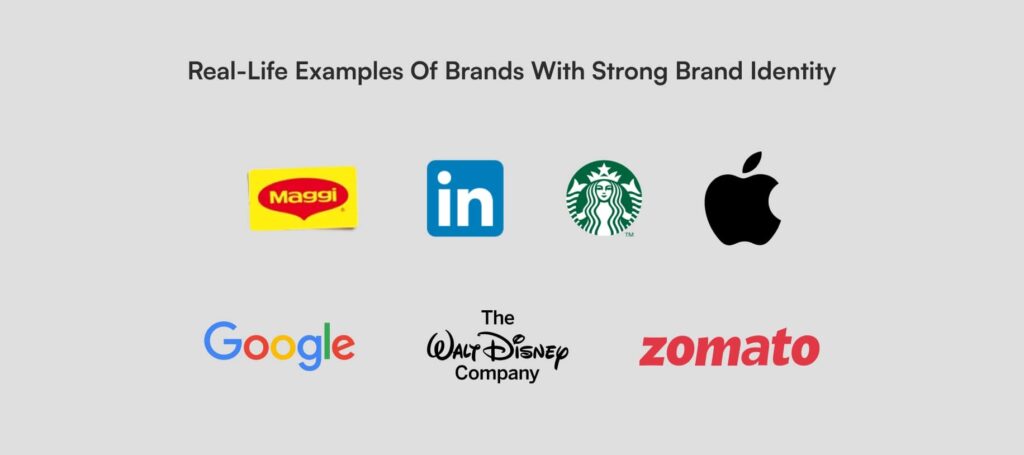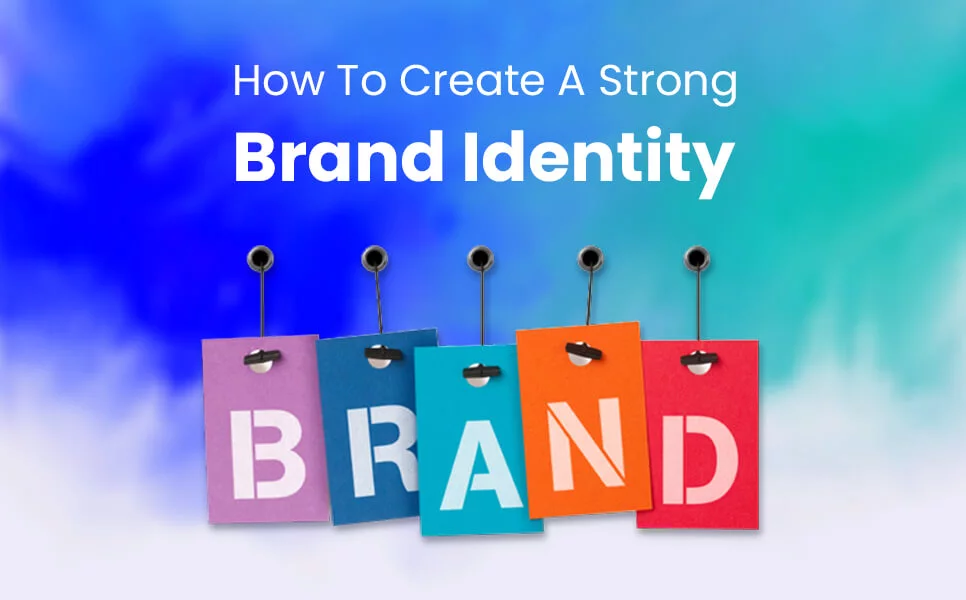What is Brand Identity?
Brand identity is more than just a logo or a splash of color—it’s the full impression people form when they interact with strong brand online. It’s how they recognize us, connect with our values, and build trust in what we offer. From our playful name and eye-catching visuals to our engaging tone and consistent experience, Crazy Bunny’s brand identity represents our unique digital personality. It’s the essence of who we are and how we show up in the digital world.
Why Brand Identity Matters in the Digital Age
In today’s competitive digital marketplace, a strong brand identity helps you stand out. Whether you’re running a personal blog or an e-commerce store, your brand identity creates a lasting impression. It builds recognition, trust, and emotional connections with your audience. Without it, you risk becoming just another face in the crowd.
1. Understanding Your Target Audience
Identifying Customer Demographics
Before you craft your brand, you must know who you’re speaking to. Identify your target market by analyzing demographics like age, location, income, occupation, and lifestyle. Use tools like Google Analytics, social media insights, and customer surveys to collect this data.
Creating Buyer Personas
Go beyond raw numbers—create detailed buyer personas. These are fictional characters that represent your ideal customers. Include their goals, challenges, values, and preferred communication style. By knowing your audience inside and out, you can tailor your messaging to resonate with them on a deeper level.
2. Define Your Target Audience

Your brand identity should speak directly to the people you want to attract. Without knowing who your ideal customers are, your branding will be generic and ineffective.
Here’s how to narrow down your target audience:
-
Create buyer personas based on demographics, psychographics, and behavior patterns.
-
Understand their pain points, desires, and digital habits.
-
Identify where they spend their time online (social platforms, forums, blogs, etc.)
Tailoring your brand messaging and tone to your audience ensures relevance and relatability—two key ingredients for strong brand connection.
3. Create a Memorable Visual Identity

Humans are visual creatures. Your brand’s visual identity plays a major role in how it’s perceived online. This includes:
-
Logo: Simple, versatile, and representative of your brand’s personality.
-
Color Palette: Choose 2–4 brand colors and use them consistently.
-
Typography: Select 1–2 fonts that reflect your tone—professional, playful, elegant, etc.
-
Imagery Style: Use a consistent style for photos, illustrations, and videos (e.g., bright and minimalistic, dark and moody, vintage and artistic).
Your visual assets should look cohesive across your website, social media platforms, packaging, ads, and digital brochures. Tools like Canva, Adobe Creative Suite, or professional brand designers can help solidify a strong visual language.
4. Develop a Consistent Brand Voice and Tone

Beyond visuals, your brand voice—how you communicate with your audience—is equally vital. It reflects your personality and shapes your relationships with customers.
-
Voice is your brand’s personality (e.g., friendly, professional, humorous, empathetic).
-
Tone is how your voice adapts depending on context or platform.
For instance, a fun and youthful brand might use casual language, emojis, and memes on Instagram, but adopt a more informative tone in blog posts. Creating a brand voice chart helps you stay consistent while adjusting tone subtly for different scenarios.
5. Build a Strong Website as Your Digital Home

Your website is the central hub of your online presence. It should reflect your brand identity clearly and functionally.
Key aspects include:
-
Branded visuals and copy: Make sure your homepage, about page, and services/products pages align with your brand tone and design.
-
User experience (UX): Ensure fast loading times, mobile responsiveness, easy navigation, and accessible content.
-
Search Engine Optimize (SEO): Optimize your site for search engines with relevant keywords, meta tags, and high-quality content to increase visibility.
-
Content strategy: Use blogs, case studies, testimonials, and landing pages to showcase your brand authority and engage visitors.
Your website should leave a lasting impression. Think of it as your digital storefront—it should immediately convey who you are and what you offer.
6. Leveraging Social Media Platforms

1. Platform-Specific Branding Strategies
Each social media platform has its own culture. On LinkedIn, you might post thought leadership content; on Instagram, visual storytelling; on Twitter, quick insights. Tailor your content while maintaining your core brand identity. Use consistent profile pictures, bios, and hashtags.
2. Engaging Content and Community Building
Don’t just broadcast—engage. Ask questions, reply to comments, and join conversations. Run polls, share user-generated content, and go live. Building a community around your brand turns followers into loyal fans and advocates.
7. Content Marketing for Brand Authority

1. Blogging, Videos, and Podcasts
Content marketing builds your authority and visibility. Start a blog to share your expertise, create videos for YouTube or Instagram, or launch a podcast. Focus on educating, entertaining, or solving problems for your audience. Content builds trust—and trust builds brands.
2. Educating vs. Selling
Don’t just push your product. Instead, provide value. Create how-to guides, case studies, and expert interviews. When you teach your audience something useful, they’re more likely to remember and trust your brand.
8. Email Marketing and Branding

1. Personalized Communication and Brand Tone
Emails offer a personal connection. Use your brand voice in subject lines and email copy. Personalize greetings and recommendations based on subscriber behavior. Always provide value—whether it’s a tip, a story, or a special offer.
2. Consistency in Design and Messaging
Keep your email templates aligned with your brand’s visual identity. Use your logo, colors, and fonts. Include social media links and maintain a consistent sending schedule so subscribers know what to expect.
9. Online Reputation Management

1. Handling Reviews and Feedback
Online reviews shape public perception. Respond to both positive and negative feedback professionally and promptly. Thank supporters and address criticism constructively. Transparency and humility go a long way in building credibility.
2. Building Trust Through Transparency
If you make a mistake, own it. Explain what happened, what you’re doing to fix it, and how you’ll prevent it in the future. Honest communication shows your audience that you’re trustworthy and dependable.
10. Collaborations and Influencer Marketing

1. Choosing Brand-Aligned Influencers
Partner with influencers who align with your brand values and target audience. Look beyond follower counts—focus on engagement and authenticity. Influencers act as brand ambassadors, so choose wisely.
Strategies to build a strong brand identity online For details contact 9312555405











